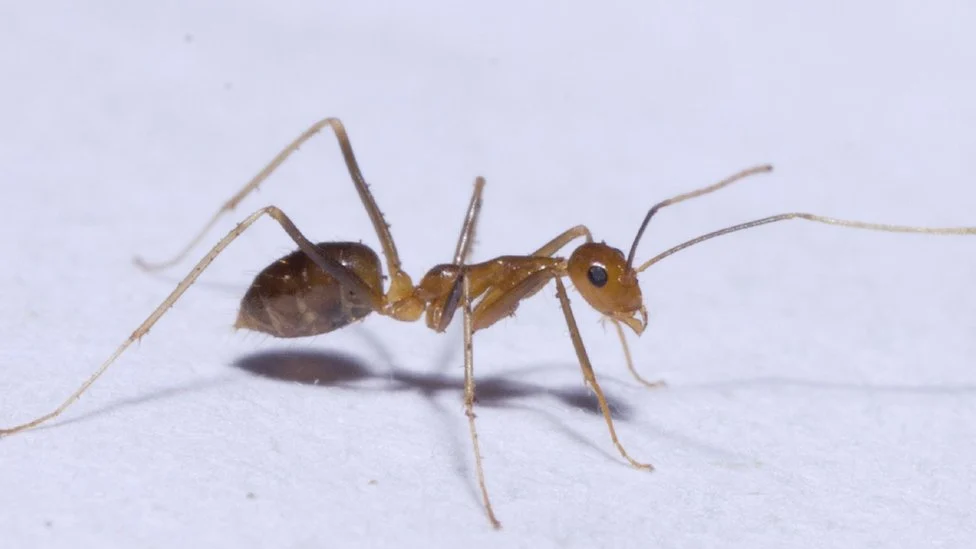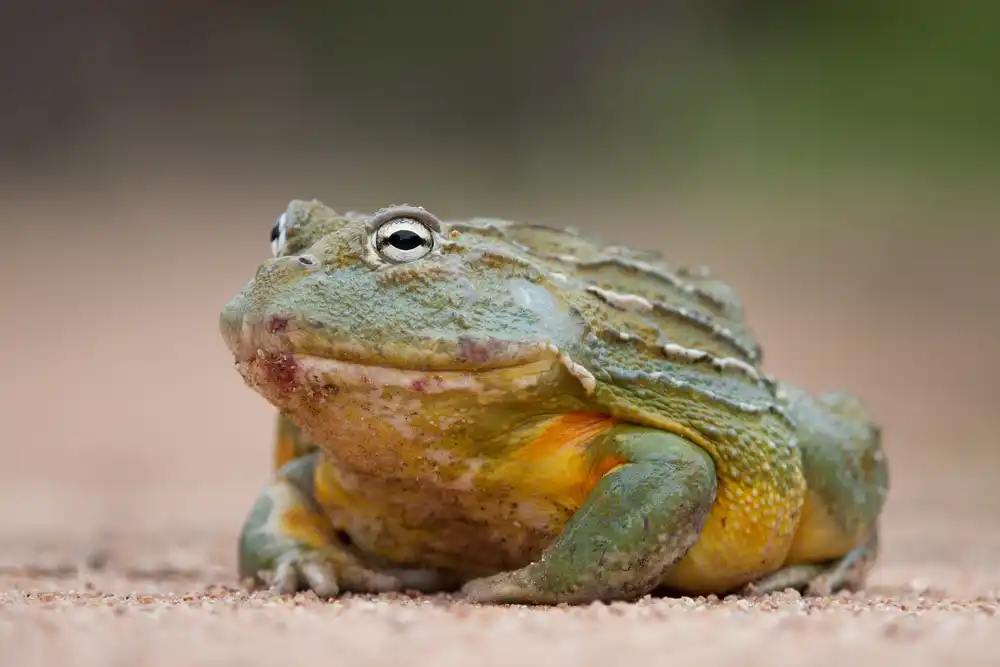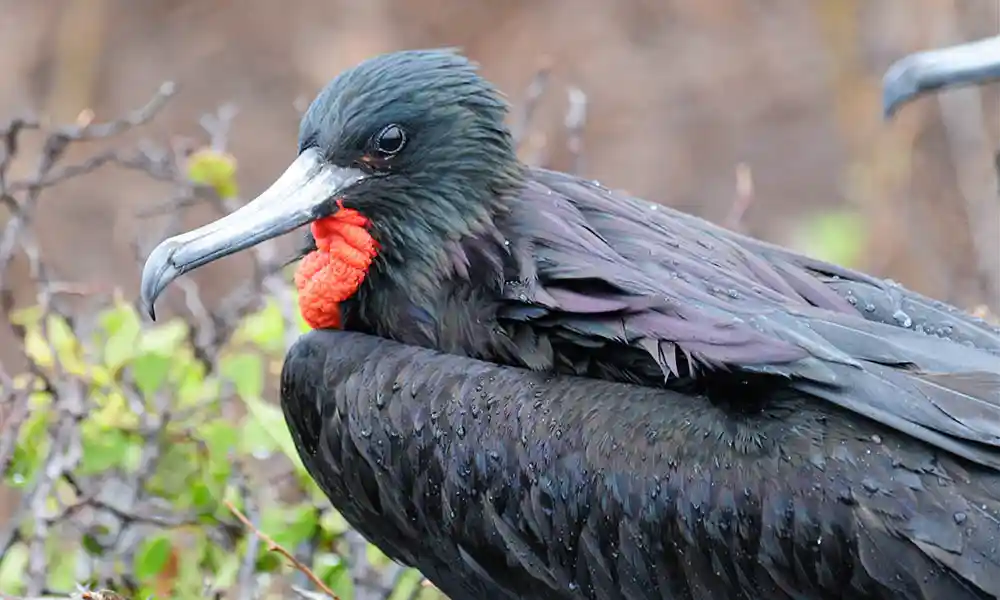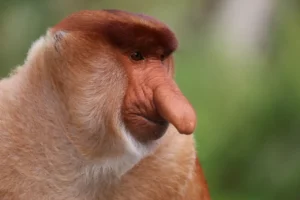If you’re looking for Animals That Never Sleep, then you are at the right place. In this article, we will discuss the 10 Animals That Never Sleep in their life or sleep very little.
As we all know, sleep is the need of life, absolutely necessary for everyone, an indispensable life need. No matter what kind of work people are engaged in, their brains are always active, which consumes a lot of energy in the human body. In order to eliminate fatigue, sleep is very necessary.

Although sleep is so important to animals. But on this earth, there are many animals that live which don’t sleep or sleep rarely in their lifetime. Did you know about animals that never sleep? Here in this article, we will know about 10 animals that never sleep or sleep very little.
List of 10 Animals That Never Sleep
1. Ants

Ants are almost sleepless animals with a lifespan of only about a year. They spend their entire lives on the go, taking short 16-minute breaks each day. Ant workers live for just over a year, and only grow old and die when they have done their job. The sleeping behavior of ants is relatively small, with only short rest periods.
This is related to the fact that they take a long time to recover their physical and mental strength after performing their duties. The non-sleeping behavior of ants reflects their high efficiency and hard work at work, and it is also one of the important reasons why they can complete their duties.
Ants are well-known architects in the animal world. They have tenacious vitality and are creatures of the same age as dinosaurs. They do heavy work every day, but they only need a few minutes to rest before continuing to “work”
In fact, ants also feel very tired. When we sometimes see the tentacles on the top of the ants moving meaninglessly but the ants are not moving, it means they are resting. Although this is not real sleep, it is sleep for worker ants to move things without walking around.
2. Bullfrog

A 1967 study found that bullfrogs don’t sleep. In the experiments, animals responded equally to stimuli during wakefulness and “resting phases.” Because this is the only study on the sleeping habits of bullfrogs (or their lakes), scientists are still divided on the issue. More research is needed to arrive at a definitive answer.
Bullfrogs don’t sleep either, they’re always active, and they’re one of the few animals whose behavior has been experimentally observed in the laboratory.
Zoologists have discovered something surprising. Bullfrogs are nocturnal but do not rest during the day. In fact, they were unable to observe any form of sleep behavior at any time of day or night.
The scientists tested the frogs and found that their brain activity could not be measured, they were always alert and seemed ready to respond to stimuli. Scientists speculate that they may have a special way of resting to stay alert.
3. Dolphin

A dolphin is a mammal that does not sleep in the sea but instead sleeps alternately. They do not sleep during the day and night, but the left and right sides of the brain take turns to rest.
Dolphins have evolved a type of sleep called “unihemispheric“, or one-sided sleep. In this case, they are actually half asleep and half awake. They shut down one hemisphere of the brain and the other eye (controlled by the brain hemisphere) at a time, while the other hemisphere and one eye remain alert. This way, they remain vigilant when encountering predators and are able to surface to breathe while resting.
Sometimes dolphins swim while they sleep, other times they float on the water like a log, this sleep is called logging. Other marine mammals such as whales, killer whales, and porpoises also practice hemi-sync sleep, in which they can remain asleep and awake at the same time.
If dolphins continue to sleep in the sea, they will be drowned by seawater. Dolphins are mammals that breathe with their lungs. While dolphins also need to rest and adjust, it is a very specific type of sleep, unlike other animals.
Dolphins are highly intelligent animals capable of complex social interactions and communication. Newborn dolphins feed on their mother’s milk. After learning fishing and other survival skills, they gradually move away from the female dolphin group and live with their companions.
4. Shark

The sleeping time of sharks is not fixed. Some sharks may wake up after resting for a few minutes or ten minutes, and some sharks will rest for an hour or even several hours. Sharks do not close their eyes when they are resting, and most sharks need to swim continuously to obtain oxygen, so they will not stop swimming when they are resting. In order to ensure that they can swim normally, they rest their left brain and right brain alternately.
It is difficult for humans to detect when sharks are sleeping because their resting state is very different from that of humans. Humans stop moving and close their eyes when they rest, but sharks are different. First of all, they will not stop moving when they sleep, and it is difficult for humans to judge through their body movements. The second is that they have no eyelids, and even when they enter a resting state, they will not close their eyes, so it is impossible to judge whether they are sleeping or not through the changes in their eyes.
However, there are still some differences between when they are resting and when they are resting. For example, their swimming speed will decrease and their reaction ability will be slower.
5. Frigate Bird

The frigate bird has also become strange in the evolution process. Because it has no waterproof feathers and powerful feet, it rarely lands, so it can only hunt on the sea. And it also has the habit of migrating across oceans, which determines that they have very little time to rest.
In 2016, a scientific study showed that frigatebirds never sleep, and in most cases, they can alternately use their left and right brains to rest. This completely overturns people’s imagination, and this study has brain waves as evidence, so it is more convincing.
Scientists have analyzed that frigate birds tend to be more awake when gliding during the day, and can even better judge whether there are other birds on the opposite side, but when they fly to high altitudes at night, they will enter short-wave sleep, but at this time they need to use magic Half of the brainwaves sleep out.
As the name implies, the frigate bird rests half of the brain, and the other half of the brain can still judge the direction and maintain the body balance, so this can escort them during the long flight. Only a very few times, the frigate bird will be with humans Going into eye movement sleep.
6. Giraffe

Giraffes sleep only about 2 hours a day, far below the average for humans and other mammals. This may be because giraffes need to spend more time eating to maintain their large bodies. In addition, as a herbivore, giraffes must always be alert to the threat of predators in the wild, so they cannot sleep too much.
In order to avoid facing danger, giraffes usually sleep standing up. They lean their necks on the branches to prevent their necks from being too tired, and they stay in a dazed state for a longer period of time during sleep. But they also lie down and rest like elephants when they enter a deep sleep phase, which lasts only 20 minutes. They will bend their necks in a circle with their heads resting on their hips or hind legs.
The sleep time of giraffes is related to the abundance of food. During seasons when food is plentiful, giraffes can sleep more, and during seasons when food is scarce, giraffes sleep less to conserve energy and find food. – Giraffe’s sleep time is also related to gender. Male giraffes typically sleep less than females because male giraffes spend more time and energy competing for mates and protecting territory.
7. Whale

According to scientific research, sperm whales are also mammals and also need to sleep to survive, but they sleep in a very different way from humans and other land mammals and only spend about 1.7 hours a day sleeping.
Scientists then became very interested in this way of sleeping in sperm whales. According to research, sperm whales around the world adopt this vertical sleeping position. They first sink head-down to several times the depth of their body, then passively lift their heads up and float toward the surface, finally stopping at a depth of about 20 meters below sea level.
At the same time, scientists have observed different ways of “half-sleeping” whales in captivity. Sperm whales are completely asleep every time they sleep, sleeping for 10 to 15 minutes each time, neither breathing nor moving their bodies. Statistics show that sperm whales only spend about 7% of their day sleeping, which is why people rarely see them sleeping. If a species sleeps about 33 percent of the day, sperm whales sleep less than any other mammal in the world.
8. Elephant

Elephants are the largest animals on land, but their sleep time is very short, only 3 to 4 hours a day. Instead of taking the time to blink, these gigantic animals spend most of their time looking for food. They spend up to 18 hours a day eating to get the food their 200-600 lb body needs.
They usually sleep at night and in the morning, generally only sleeping for 30 minutes to 2 hours, and appear more awake during the day. Elephants sleep for a shorter period of time, which may be to prevent predators from attacking, allowing them to better protect themselves, and also allowing them to better find enough food and water.
When they sleep, they will sleep standing up, leaning against a tree or termite mound, or sometimes lying on their side. The reason why elephants use this sleeping method is similar to that of giraffes. Too large and bulky makes elephants unable to respond in time when facing risks.
9. Horse

The horse is a herbivore that lives in the undergrowth and feeds on young, juicy leaves and soft grass. Horses are easy to train and can form a solid memory through sensory organs such as hearing, smelling, and seeing. Horses don’t need to lie on their side to sleep, they can sleep standing up. Horses don’t need to lie on their side to sleep, they can sleep standing up.
According to brain wave tests, some horses even sleep with their eyes open. The successful domestication of horses has influenced the course of human history, helping humans to build towns, cultivate land, and expand territories. It was once one of the main modes of transportation for humans.
On average, horses only sleep 2.9 hours a day and sleep standing up. Experiments have shown that the complete sleep time of horses is actually 20-40 minutes, depending on the breed, distribution area, and workload. Horses don’t need to lie on their side to sleep, they can sleep standing up. According to brain wave tests, some horses even sleep with their eyes open. This is amazing.
10. Walrus

Walruses are one of the few animals in the ocean that can sleep both on land and in the ocean. Of course, compared to the ocean, they will have deep sleep when they are on land, and they can usually sleep for 19 hours in a row.
This is not the case in the ocean. Walruses can stay up to 84 hours without sleep. In fact, the sleeping position of walruses in the ocean is very interesting. They will insert their teeth into the ice to avoid being drifted away when they are asleep.
If they need a longer rest, they can inflate the pharyngeal sacs in their bodies, allowing them to float in the water like wearing a life jacket. This allows them to keep their head out of the water for air while they sleep. Walruses sometimes use their tusks to anchor themselves to a stable ice surface.
So this was the list of the top 10 animals that never sleep. Welcome to leave a message in the comment area, tell us which animal sleeping information shocked you.




